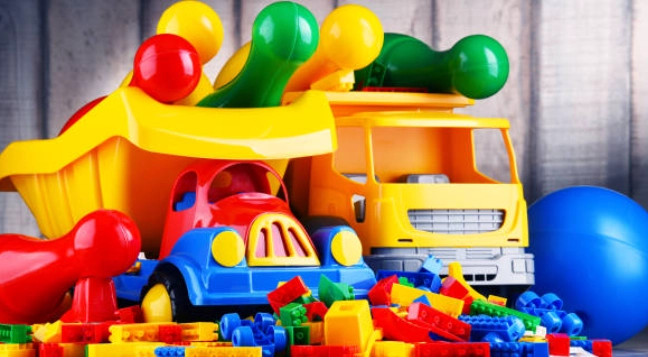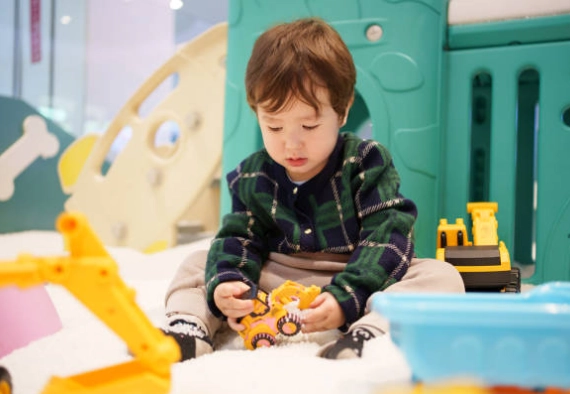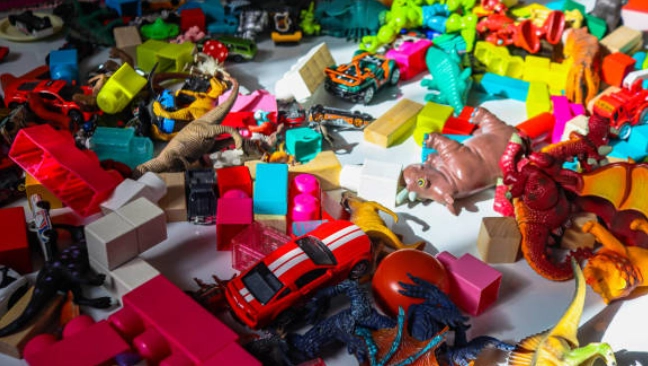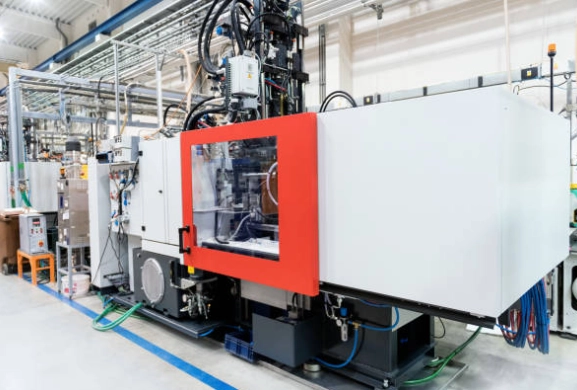Understanding the Plastic Toy Injection Molding
Plastic toy injection molding is a popular way to make toys. It’s used a lot because it can create tricky shapes with clear details and steady quality. Plastic toys are a big part of the toy world. They’re loved for their variety, toughness, and low cost. The process melts plastic material and pushes it into a mold shaped just right. After it cools and hardens, the mold opens to let out the finished toy.
Compared to old-school materials like metal, wood, or fabric, plastic is used more in toys. This makes it great for making all sorts of things, from building blocks to ride-on cars.
Advantages of Plastic Injection Molded Toys
Using injection molding for toys has lots of good points:
- Fast Production: Injection molding makes tons of toys quickly.
- Clear Details: With exact molds, it can make toys with fancy shapes and sharp details.
- Low Cost Over Time: The first setup can cost a lot, but each toy ends up being cheap in the long run.
- Lots of Plastic Types: The method works with many kinds of plastics.
- Colorful Looks: During making, it’s easy to add fun colors or designs.
These perks make it a great pick for big retail toys or custom-made special items.
Disadvantages of Injection Molded Toys
Even with its strengths, there are some downsides:
- Plastic toys might melt in hot conditions. This could hurt how long the toy lasts.
- Making molds costs a lot. This makes it less good for small batches.
- Plastic production and waste can harm the environment.
- Some plastics might let out bad stuffduring making or use.
Choosing safe materials and following strict rules can help reduce these problems.
Toy Injection Molding Design Process and Software Use
Designing a toy for injection molding needs both creative ideas and careful engineering:
- Aesthetic Design:
- Long ago, designers drew or carved toy models. Then, they turned them into 3D files with 3D scanning.
- Now, software like Rhino, Maya, or 3DS Max gives more details and lets designers be more creative.
- STL Files & Conversion:
- STL files hold details about the toy’s surface in triangle shapes.
- For CNC machines or mold-making, STL files often need to switch to STEP or IGES formats using tools like UG or Geomagic.
- Balancing Creativity & Technical Constraints:
- Designers must make sure the toy looks cool but can still be made. This needs artists and engineers to work together.
Key Considerations in Manufacturing Toy Injection Molds
Several technical things affect how well molds work:
- Appearance Precision: Molds must copy every detail exactly. This ensures the toy looks just like the original design.
- Cooling System Design: Uneven cooling can cause warping or shrinking. So, a good cooling system is key to keep toys high quality.
- Use of Family Molds: To save money, composite molds are used more often. They cut down production costs a lot.
- Material Selection: Materials like P20 or 718H are common for regular toy molds. For fancier looks, S136(H) or 2083 might be used.
These steps make sure each mold gives steady quality for thousands or even millions of toys.
Common Plastics Used in Toy Manufacturing
Picking the right material is super important:
- PE (Polyethylene): Bendy and tough against bumps. Often used for baby toys or beach sets.
- PP (Polypropylene): Harder and strong. Good for kids’ plates or sturdy toys.
- PVC (Polyvinyl Chloride): Easy to shape. Used in inflatable toys or action figures.
- PS (Polystyrene): Very clear. Found in learning kits or see-through toy parts.
- ABS Resin: Really strong. Used a lot in building blocks or electronic toy models.
Each plastic type has different strengths based on what the toy needs, like toughness or clear looks.
Surface Printing on Plastic Toys
Adding designs makes toys look better:
- Spray Painting: Gives a smooth color but only one color at a time unless covered carefully.
- Pad Printing: Great for uneven surfaces, but it’s limited in color brightness and size.
- Heat Transfer Printing: Good for big, flat surfaces. It adds bright, multi-color designs using heat from a printed film.
- Water Transfer Printing: Works on tricky shapes. It uses water pressure to put patterns from water-soluble films.
- In-Mold Decoration (IMD): This cool method puts patterned films right into the toy during molding. It makes designs last longer and look great.
These methods help makers match toy looks with brand goals while keeping them tough for users.
Partner with Silkbridge for Expert Plastic Toy Injection Molding Solutions
At Silkbridge, we’re experts in making high-quality plastic toys with precise injection molding. Our services cover everything from R&D to final assembly, all in one place. This keeps quality tight at every step.
Our toys mix bright looks, toughness, and strict safety rules. We follow ASTM F963 (USA), EN71 (Europe), and CPSIA standards, making our toys ready for global markets.
Whether you need custom designs or big batches, we make toys that kids and parents love.
With over 100 advanced injection machines from 180–1200 tons, we produce over 30 million parts yearly for things like consumer electronics, including toys.
For brands wanting standout products with top quality, Silkbridge’s plastic toys are built to spark creativity, help learning, and bring tons of fun.
Contact us today via WhatsApp at +86 18122838771 or visit our website to see how we turn your ideas into reality with expert injection molding for the toy industry.
FAQ
What is plastic injection molding for toys?
Plastic injection molding is a process where melted plastic is pushed into a mold to make toys with high accuracy and repeat quality.
Is plastic injection molding good for making lots of toys?
Yes. Injection molding makes tons of toys fast, especially with automated checks and packing.
What types of plastics are used in toy manufacturing?
Common plastics include PE, PP, PVC, PS, ABS, and PC. Each has strengths like bendiness, toughness, or clear looks.
Are injection molded toys safe for children?
When made with strict quality checks and safe materials, injection molded toys are very safe. Silkbridge makes safe, tough, and nice-looking plastic toys using advanced injection molding.






